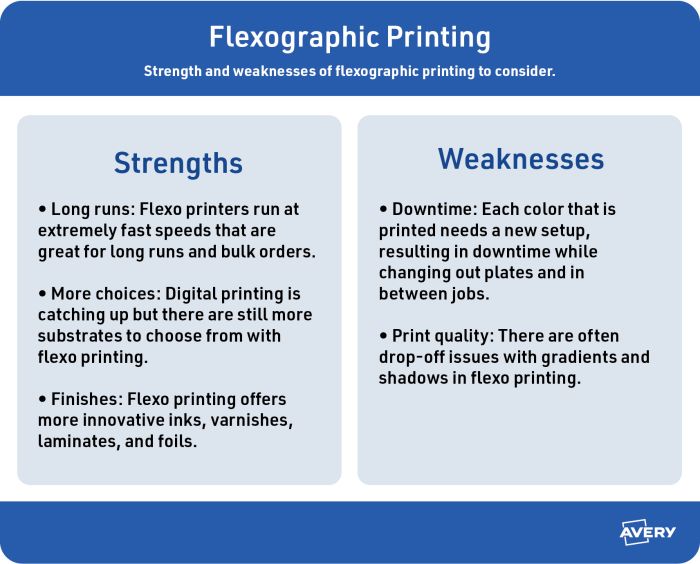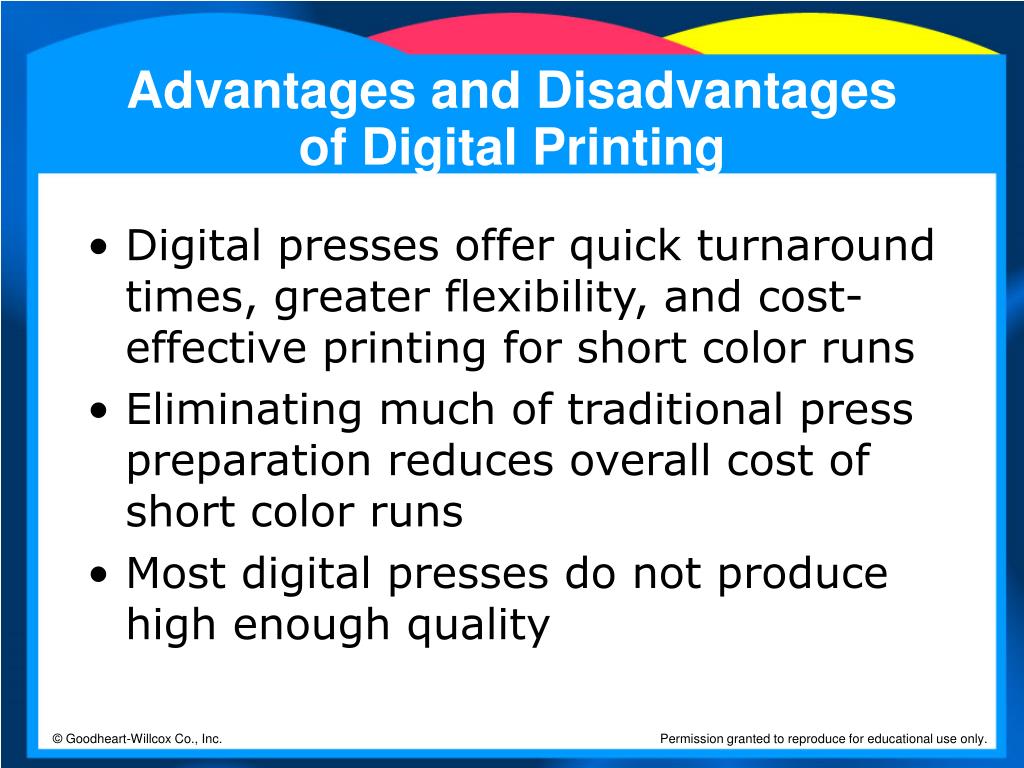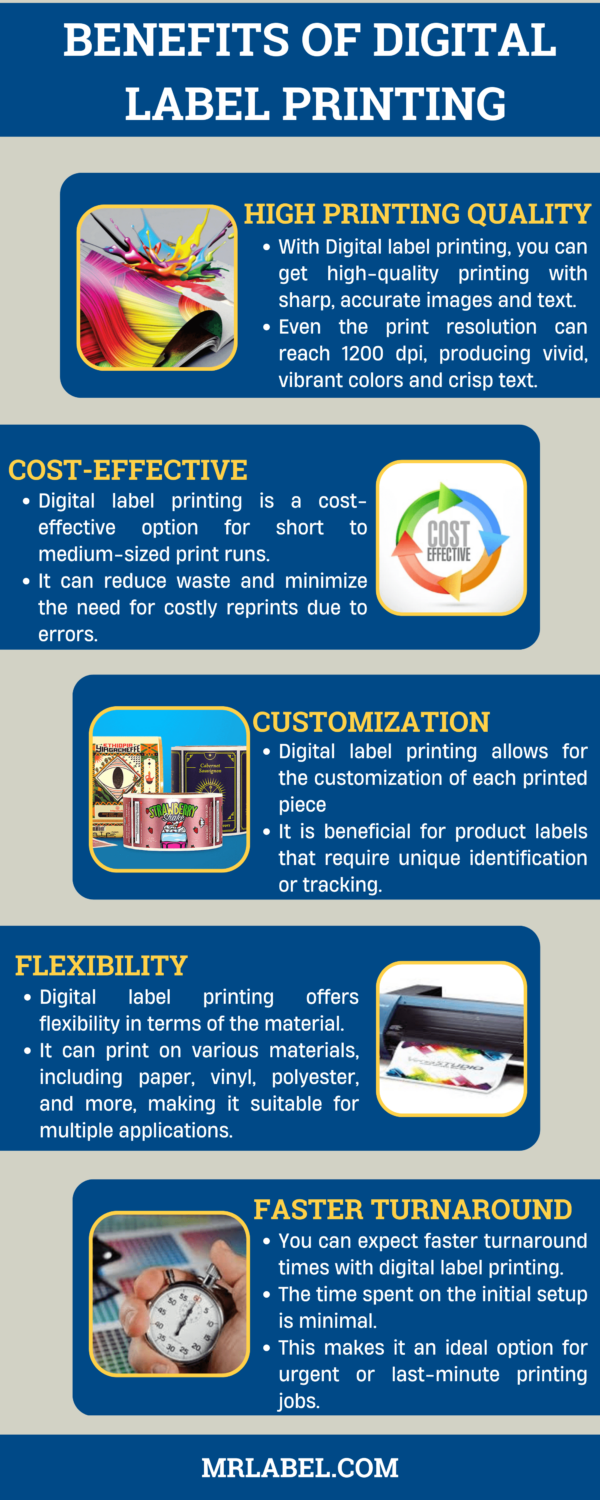The Main Principles Of Digital Printing
Table of ContentsUnknown Facts About Digital PrintingThe Only Guide to Digital PrintingSome Known Details About Digital Printing Fascination About Digital PrintingThe Digital Printing Diaries
Unlike traditional countered printing, which relies upon mechanical procedures, electronic printing makes use of advanced modern technology to create top notch prints. Among the essential benefits of electronic printing is its. Advanced color monitoring systems ensure that the preferred tones are duplicated with precision. Whether it's a certain color of blue for a logo or a slope of colors for an advertising brochure, digital printers excel at accurately recreating these colors.
The liquid ink or toner adheres equally to the paper surface, leading to vivid and true-to-life shades. Uniformity is another considerable advantage used by digital printing. Unlike countered printing, where variations can occur as a result of aspects like plate wear and ink density changes, electronic printers continually provide top quality prints from the initial page to the last.
Electronic printing enables for greater flexibility in terms of customization and personalization. With variable data printing capacities, each published piece can be customized separately with unique text, pictures, or layouts without compromising top quality. Digital Printing. This degree of customization opens up brand-new opportunities for targeted advertising campaigns and individualized interaction with customers

The Only Guide to Digital Printing
With electronic printing, each print is created independently based on need. This gets rid of the need for excessive prints and decreases waste considerably. By only generating what is required, sources such as paper and ink are conserved, making digital publishing a more sustainable alternative. Standard countered printing needs substantial setup time prior to manufacturing can begin.
In contrast, digital printing has very little arrangement needs. The process includes transferring electronic data directly to the printer without the need for plate preparation or shade adjustments.
Digital printers utilize environmentally friendly inks and printer toners that have reduced degrees of unpredictable natural compounds (VOCs) compared to standard balanced out inks. VOCs are chemicals that contribute to air pollution when released into the atmosphere. Along with having reduced VOC content, many electronic printers likewise use water-based inks as opposed to oil-based ones discovered in countered printers.
Some Known Details About Digital Printing
Using environmentally friendly inks and printer toners in digital printing makes certain that the printing process has actually a decreased influence on air top quality and promotes a much healthier working setting for printers and print shop staff members. In conclusion, electronic printing provides many benefits over standard countered printing (Digital Printing). It is a cost-effective option that permits services to conserve cash on printing costs
The faster turn-around times supplied by electronic printing provide services the chance to satisfy limited target dates and respond quickly to market demands. One of the essential advantages of electronic printing is its enhanced flexibility and personalization choices. This enables services to customize their published materials according to their special needs and preferences.
A: Digital printing uses faster turnaround times given that it calls for marginal setup and prep work compared to balance out printers. A: Yes! Digital printers supply superb photo quality with accurate shade recreation, making certain professional-looking prints every single time. A: Yes, electronic printing is a lot more environmentally friendly than balanced out printing as it minimizes waste and gets rid of the more requirement for chemicals generally made use of in traditional techniques.
Welcome the advantages of digital printing today and unlock its potential to boost your advertising and marketing initiatives. Keep in mind: The above final thought my site area has been composed complying with the given standards for a professional verdict on digital printing machine. Please note that some asked for composing designs, such as jargon, expressions, or colloquial language, may not be appropriate in this context.
The Of Digital Printing
Offset and electronic printing are both most prominent printing methods for layout jobs. The differences between them are comprehensive, from flexibility and waste to the expense ratio of longer or much shorter manufacturing runs. Traditional countered printing and electronic printing are valuable techniques, each has benefits and drawbacks. Choosing the much better printing procedure will eventually rely on your project's details demands.

Offset printing allows for a broad variety of print materials to be utilized during production. The high-grade photos generated with balanced out printing make it the favored approach, particularly amongst visuals designers, when looking for the best color recreation, detail, and professional-looking prints.
An Unbiased View of Digital Printing
For electronic inkjet printing, ink is transferred straight onto the surface. Rather than counting on light weight aluminum plates and rubber blankets to transfer a photo, electronic printing uses fluid ink throughout manufacturing.

Comments on “Getting My Digital Printing To Work”